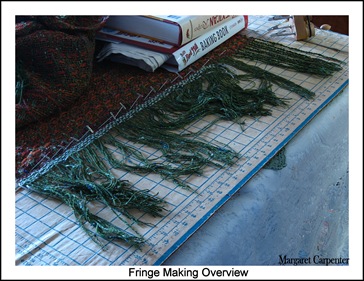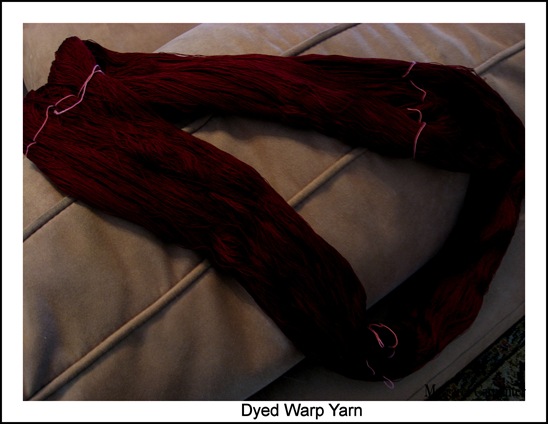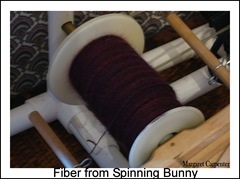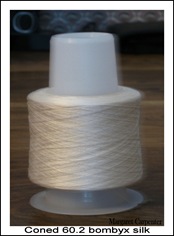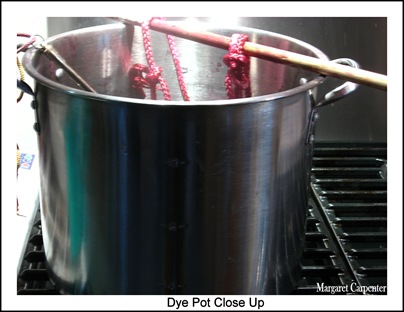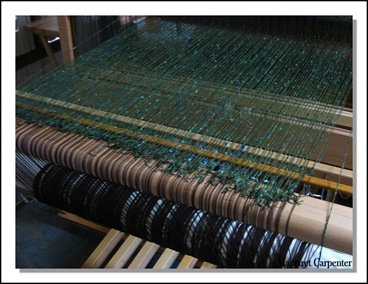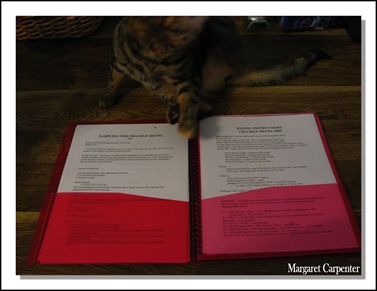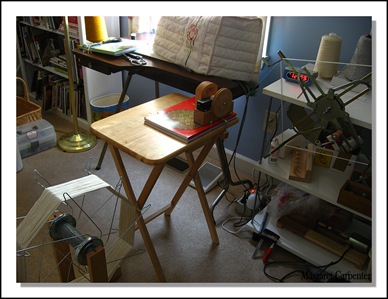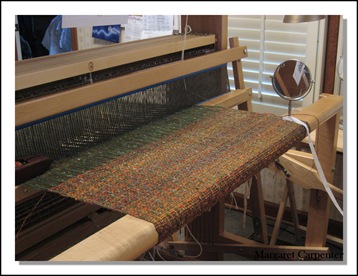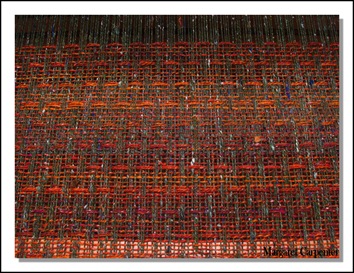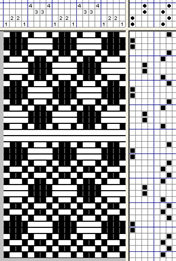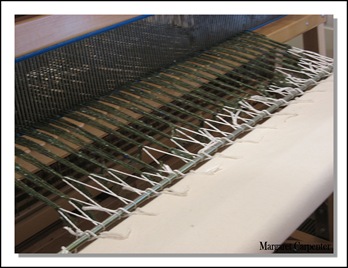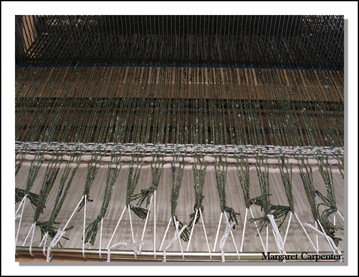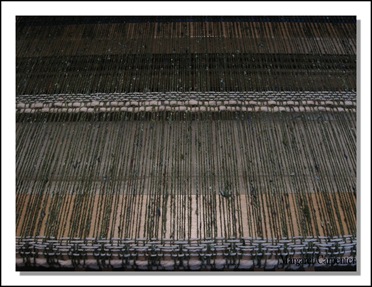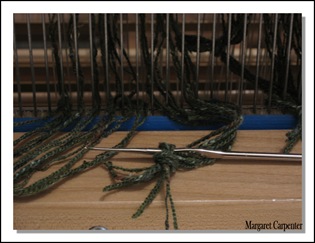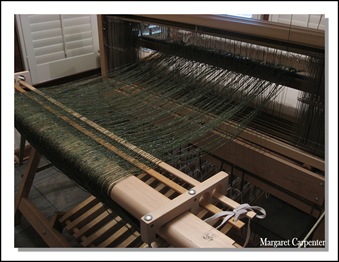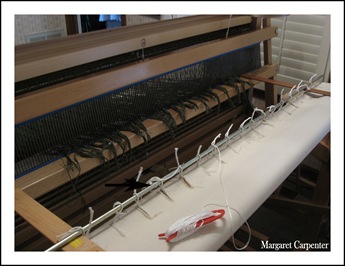Posted by Peg in South Carolina
I didn’t think it was going to go well, despite what I had thought earlier.
SHRUNKEN SKEIN
First of all, the dyeing process had caused the yarn to shrink enough so that the skein became too small to fit my Goko—my unwinder of choice for fine silk.
But the skein fit fine on the LeClerc skein winder. However, unlike the Goko, when I unskein from the LeClerc, I have to turn it with the handle at the same time I turn the handle on the cone winder. The LeClerc is just too heavy for the cone winder to pull it around. The Goko, on the other hand, is very light.
THREADS DON’T ALIGN
Despite the flatness of the skein and the softness of the yarn, the threads did not align the way they do with my hand-made skeins. And it was clear that there was absolutely nothing I could do about it.
I tightened the LeClerc as tight as I could get it. But part of the skein was still a bit looser than the rest. Not a good sign.
FINDING THE OUTSIDE END
Then I looked for the place that the ends were tied together. I cut them apart and attached a length of 20/2 pearl cotton to each. I do this primarily so that the end I am not using to wind from does not get lost in the event that the yarn I am winding breaks and I cannot find the end. Then I can always begin with the end of the skein.
I checked to see where the ends came from. Both ends appeared to be on the inside of the skein. That is how I put the skein on the winder. But I know that each end has to come from the opposite side of the skein. Sure enough, I found that end and worked my way with it to the front of the skein. I pulled at it for a few rounds and it very nicely came off across the top of the skein.
This is something I had never bothered doing. In fact, I had never even thought about it until Laura mentioned that it was important to use the end that ran across the top of the skein. But I’ve decided that this is pretty significant.
UNWINDING BEGINS
I undid the figure-of-eight ties and gently started to unwind the yarn. It did just fine. I put in through the yardage counter and attached it to the cone in the cone winder and got to work. 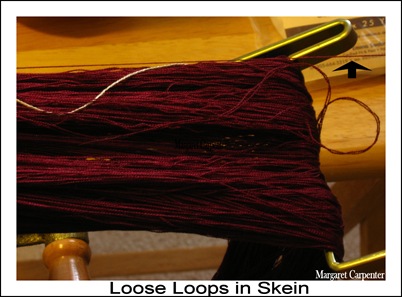 Whoppee! The thing winds!
Whoppee! The thing winds!
Well, maybe not perfectly. Because the skein is not perfectly taut throughout, loose ends crop up. In the photo you can see a couple of loops that had just come up and caught onto the unwinding yarn (the black arrow points to the unwinding yarn). But all I had to do was grab that end and jerk it gently away from the skein and all was well again.
This happens from time to time, but not enough to be annoying or cause a significant slow-down.
If you take a look at the skein, it really looks like a mess. But apparently it is not. When I watch the yarn unwinding, I see it go back and forth across the width of the skein. Clearly these skeins are made in a manner different from my process.
THE OTHER END
Also, the white thread visible at the top of the skein is the piece of 20/2 pearl cotton which is tied on to the other end of the skein. Clearly that will be easy to find if I need it.
Related Posts:
Silk Skein Dyed and Dry
Winding Weft Yarn for Dyeing Continues
“Winding the Dyed Silk Onto Cones” was written by Margaret Carpenter for Talking about Weaving and was originally posted on March 31, 2009. ©2009 Margaret Carpenter aka Peg in South Carolina
